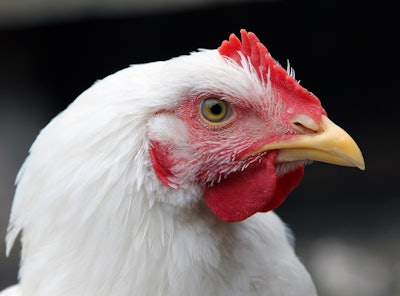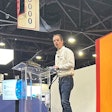
Captive bolt, carbon dioxide inhalation and electrical euthanasia are humane and safe alternatives to mechanical cervical dislocation for on-farm poultry euthanasia, confirmed a newly completed research project funded by the U.S. Poultry & Egg. Harold E. Ford Foundation.
“Manual cervical dislocation is the most common method of euthanasia for poultry, however, manual cervical dislocation can be physically difficult or impossible for the operator with large birds such as broiler breeders or turkeys,” Dianna V. Bourassa, Ph.D., Assistant Professor/Extension Specialist, Poultry Processing, Department of Poultry Science at Auburn University, said.
“These alternative euthanasia methods can be successfully used by anyone with the basic training on how to use them. The methods in this work are for the euthanasia of individual birds in a farm-type setting, not depopulation of large flocks for disease control."
Successful and humane euthanasia evaluation
The research project assessed physical reflexes, broken skin, blood loss and kill success following the application of each of the euthanasia methods.
All four methods were verified as a successful and humane method for the euthanasia of large poultry, although there were small differences seen with the application of each approach.
“Although it is sometimes necessary to euthanize an animal, it is critical that we do so as humanely as possible. There are multiple different methods for large bird euthanasia approved by the American Veterinarian Medical Association (AVMA) that are humane. The method used will depend on the user and the circumstances,” said Bourassa.
The application of mechanical cervical dislocation tended to lead to an extended duration of physical reflexes, while carbon dioxide euthanasia required a greater length of time to for effectiveness. Captive bolt euthanasia and electrical euthanasia were both swiftly applied with minimal physical reflexes or convulsions during euthanasia.
“These alternatives to manual cervical dislocation will allow growers with a range of physical abilities to euthanize a large bird. These methods will also help to ensure that euthanasia is completed correctly and successfully the first time,” Bourassa added.
Continued research on euthanasia
Next, Bourassa’s lab plans to study the physiological responses and meat quality effects of broilers to both electrical and carbon dioxide-controlled atmosphere stunning methods for slaughter.
“Although the science of euthanasia and slaughter are not particularly glamourous topics, there is great need to understand how to best complete this process to ensure the highest possible levels of well-being for these agricultural animals while also maintaining a high-quality product in the case of slaughter,” Bourassa said.
Like what you just read? Sign up now for free to receive the Poultry Future Newsletter.



















